Search
Search Results
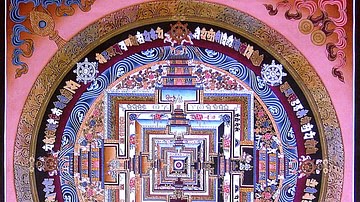
Definition
Mandala
A mandala (Sanskrit for “circle”) is an artistic representation of higher thought and deeper meaning given as a geometric symbol used in spiritual, emotional, or psychological work to focus one's attention. The image first appears in India...

Article
Heraclitus: Life Is Flux
Heraclitus of Ephesus (l. c. 500 BCE) famously claimed that “life is flux” and, although he seems to have thought this observation would be clear to all, people have continued to resist change from his time to the present day...

Image
Carl Gustav Jung
Photo of psychiatrist and philosopher Carl Gustav Jung (1875-1961 CE).
Ortsmuseum Zollikon
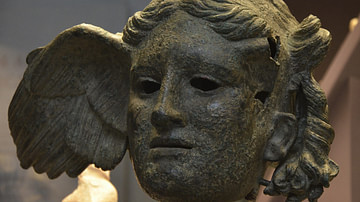
Definition
Mythology
Myths are a part of every culture in the world and are used to explain natural phenomena, where a people came from and how their civilization developed, and why things happen as they do. At their most basic level, myths comfort by giving...
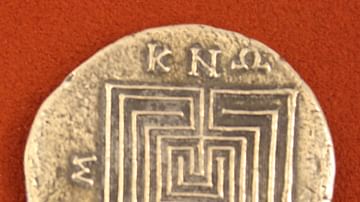
Definition
Labyrinth
The word labyrinth comes from the Greek labyrinthos and describes any maze-like structure with a single path through it which differentiates it from an actual maze which may have multiple paths intricately linked. Etymologically the word...
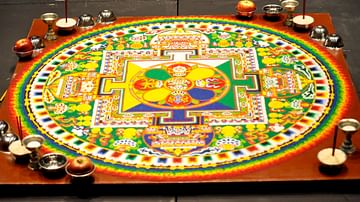
Article
Tibetan Sand Mandalas
Tibetan sand mandalas are works of art created to encourage healing, peace, and purification generally as well as spiritual or psychological focus specifically for those creating and viewing it. A mandala (Sanskrit for "circle") is a geometric...

Article
Iktomi Tales
Iktomi (also known as Unktomi) is a trickster figure of the lore of the Lakota Sioux nation similar to tricksters of other nations, such as Wihio of the Cheyenne, Nanabozho (Manabozho) of the Ojibwe, Coyote of the Navajo, or Glooscap of the...
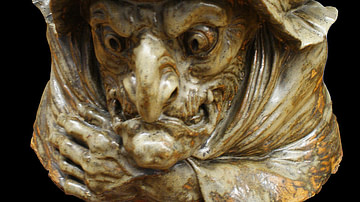
Definition
Baba Yaga
Baba Yaga (Baba Jaga) is a witch or ogress from Slavic folklore who lives in a magical hut in the forest and either helps, imprisons, or eats people (usually children). She is among the most famous figures from Slavic folklore as guardian...
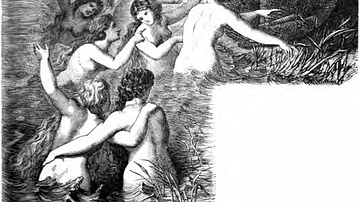
Image
Birth of Heimdall by Carl Ehrenberg
An 1882 CE engraving, titled "Heimdallr Lifted by his Mothers, the Nine Wave Maidens" by German artist Carl Ehrenberg (1840-1914 CE). The illustration depicts the Norse god Heimdall being born. Published in Nordisch-germanische Götter und...
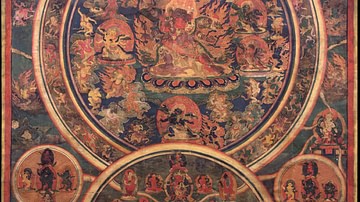
Definition
Tibetan Book of the Dead
The Tibetan Book of the Dead is the English translation of the Tibetan texts known as bar-do thos-grol (Bardo Thodol) – “Liberation Through Hearing During the Intermediate State” – and serves as a guide for the soul of the deceased after...